“But why?”
My 7-year-old son asks this question so often that I’m tempted to wipe out the first name on his birth certificate and register these two words instead. His natural curiosity is astounding. The need to know things, to ask questions, to understand the environment around him… his love of learning is exquisite to watch. Kids have a remarkable capacity to absorb information. Think of them as adorable, mini-sized sponges who soak up information quicker than their mouths can process chocolates. The more they ask questions, the more their brains grow. Which leads to critical thinking and logical reasoning. If we parents put our heads together, and encourage our children on the path towards independent thought, we can build a foundation for a smarter future.
Our first prime minister used the phrase ‘scientific temper’ to describe an attitude of learning where people inquired, analysed and communicated effectively. This is what we need to help our children achieve. And the best way to do it? Books, of course! Here is some outstanding literature that will help children between five to ten years … although we think they have universal appeal across all ages.
#1 The Everything Kids’ Science Experiments Book
By Tom Robinson
The is the book that fully encapsulates the meaning of the phrase: ‘science is fun!’ Teach your child the joys of easy experiments using everyday objects, and watch the look on their faces when they see the results. You also learn many interesting facts along the way in the fields of biology, chemistry or physics. Whether it’s learning how to inflate a balloon without blowing into it, or how a plant absorbs water from the roots, your child will now see the world in a whole new way.
#2 Your Fantastic Elastic Brain Stretch It, Shape It
By JoAnn Deak
Your child’s mind is one hungry machine, and here are some brain-related facts to feed it. This book is the bible on the brain, as the author attempts to dissect, analyse and investigate all the incredible detailing that goes into our extraordinary mental facilities. The illustrations are engaging, the information is fascinating, and they even provide a pronunciation guideline to help children (and parents!) with some of the bigger words. All in all, this is the book to read if you want to expand your mind.
#3 The New Way Things Work
By David Macaulay
How do computers work? What are microchips? What makes a car move? You don’t have to be a future engineer to want to know more. Here is something to get you started with modern technology and its applications. This beautifully illustrated book explains the nuts and bolts of mechanics and tells you how we use science to make stuff work. Whether it’s a complex piece of technology or something as simple as a wristwatch. This is a fantastic read to get your child to figure out the environment he lives in.
#4 Albert Einstein and Relativity for Kids
By Jerome Pohlen
Einstein died in 1955, but his legend lives on and has been documented in a new, child-friendly avatar for another generation of science lovers. This book introduces the genius to your child; it talks about his life, his struggles, his love for science and also demonstrates some of the more straightforward experiments Einstein did, and how to recreate them in your home. Who knows? Your child may become inspired to become the next big thinker after reading this.
#5 Lift-the-flap Questions and Answers about our world
By Katie Daynes
What happens to the sun at night? If you’ve ever been asked this question when you’re tucking your child to sleep, then this is the bedtime storybook for you. The book is peppered with questions, you lift a flap and the answer is revealed. There are a lot of interesting tidbits and snippets that will arouse your child’s interest and help him figure out the ‘hows’ and ‘whys’ of the nuances of the world around him. You might find yourself learning fascinating things as well.
#6 Look Inside Your Body
By Louie Stowell
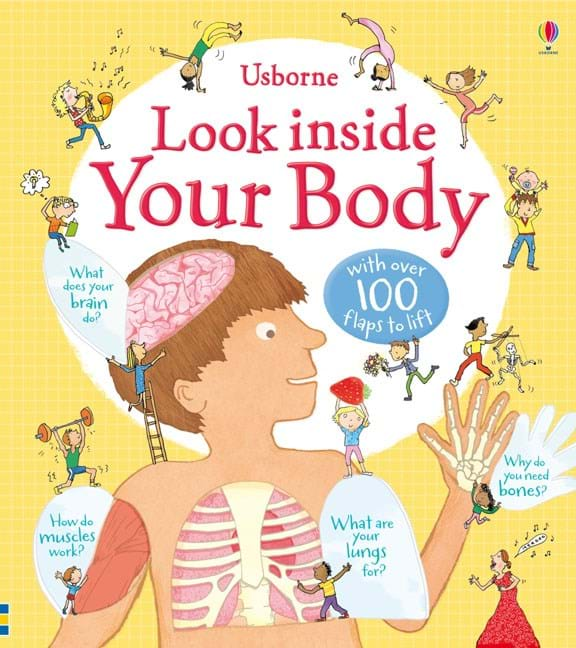 The human body is an intricate, complex system that could take years to understand fully. If you read this book, your child can figure out human anatomy in an afternoon. With stunning illustrations and simple descriptions, you can learn about digestion, the muscles, how the senses work and the bones that make up the skeleton. It’s so easy to read too. Who knew biology was so much fun?
The human body is an intricate, complex system that could take years to understand fully. If you read this book, your child can figure out human anatomy in an afternoon. With stunning illustrations and simple descriptions, you can learn about digestion, the muscles, how the senses work and the bones that make up the skeleton. It’s so easy to read too. Who knew biology was so much fun?
#7 The Periodic Table Book: A Visual Encyclopaedia of the Elements
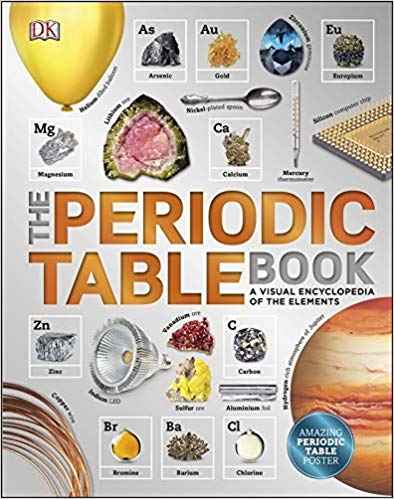 If you remember the periodic table as a dry, boring subject you slept through in chemistry class, prepare to have your mind blown. The periodic table book is proof that the elements are more fascinating than your teacher lets on. Did you know Astatine is the rarest element on Earth? Only 30 grams of it exist! Did you know elements that are named after Albert Einstein, Moscow and even the planets? There is so much to find out about all 118 elements along with their practical applications when you read this book.
If you remember the periodic table as a dry, boring subject you slept through in chemistry class, prepare to have your mind blown. The periodic table book is proof that the elements are more fascinating than your teacher lets on. Did you know Astatine is the rarest element on Earth? Only 30 grams of it exist! Did you know elements that are named after Albert Einstein, Moscow and even the planets? There is so much to find out about all 118 elements along with their practical applications when you read this book.
#8 Space: A Children’s Encyclopaedia
By DK Reference
 Three, two, one … blast off into space with this wonderful book that showcases the stars, planets and outer space in all it’s the glory. Your child can learn what astronauts do, what the surface of Mars looks like, and what the fuss over Saturn’s rings is all about. There are original photographs from NASA’s space missions that are sure to rock your child’s world and teach them everything they want to know about life beyond Earth.
Three, two, one … blast off into space with this wonderful book that showcases the stars, planets and outer space in all it’s the glory. Your child can learn what astronauts do, what the surface of Mars looks like, and what the fuss over Saturn’s rings is all about. There are original photographs from NASA’s space missions that are sure to rock your child’s world and teach them everything they want to know about life beyond Earth.


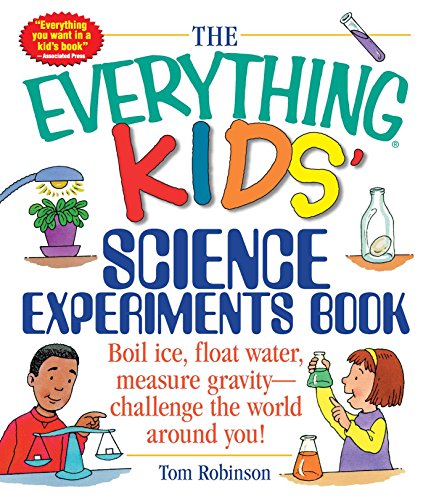


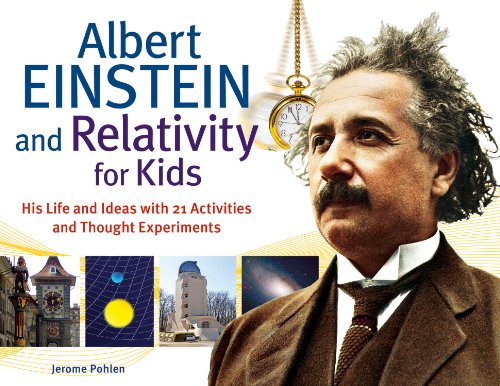

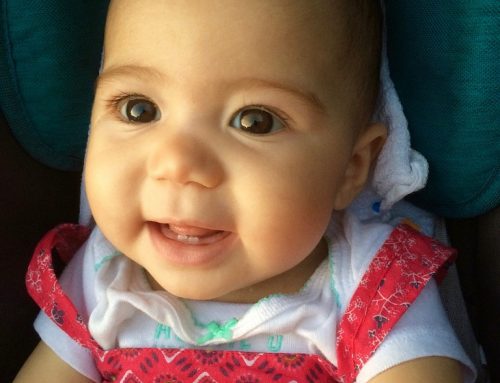



Leave A Comment